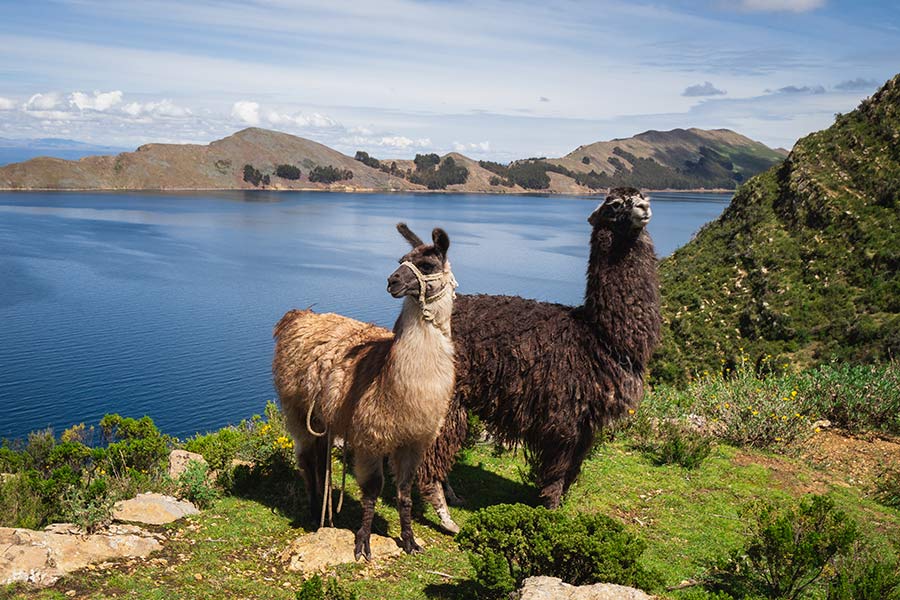Minimum Standards of Care for Llamas and Alpaca

Minimum Standards of Care for Llamas and Alpacas
Minimum Standards of Care are mandatory to llama and alpaca survival and humane treatment. These are the most basic requirements that all llamas and alpacas must have for physical well-being and, as such, define minimum requirements for animal control officers and government officials investigating questionable llama and alpaca care situations.
- WATER: Animals should have continuous access to potable drinking water.
- NUTRITIONAL: Animals should have nourishment adequate to sustain life and health.
- SHELTER: Animals should have natural or man-made shelter that enables them to find relief from extreme weather conditions. The sheltered area must allow for the ability to stand, lie down, rest and reasonably move about.
- MOBILITY: Animals should have a living area through which they can move freely and exercise independently
- NEGLECT: Animals should have a physical appearance free from signs of serious neglect. Signs of serious neglect may include such things as crippled ambulation due to severely curled toenails, ingrown halters, or living conditions not meeting the minimums listed above.
- SAFETY: Animals should be reasonably safeguarded from injury or death within their defined living environment and/or when traveling.
- CRUELTY: Animals should be reasonably safeguarded from cruel treatment and actions that endanger life or health or cause avoidable suffering.
- SOCIALIZING: Llamas and alpacas are herd animals and should not live alone without a companion animal. A cria (a baby llama or alpaca under six months) should not be apart from other llamas or alpacas.
This document may be reproduced in whole or in part without permission, as long as the copyright citation is included.
Standards of Care Committees, June 2005
©2005, Camelid Community Working Group 50
Like this article? Become a RMLA Member today!

